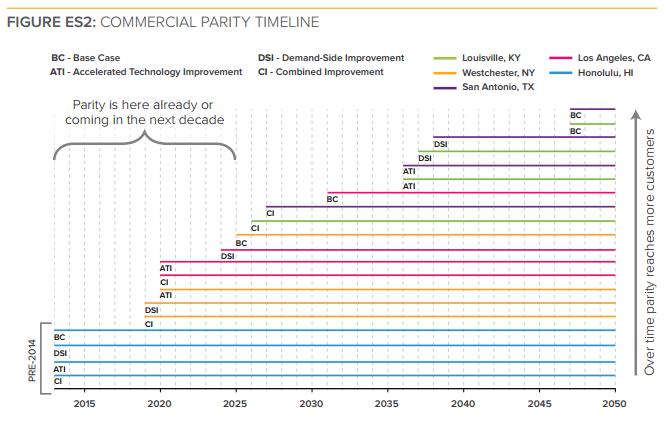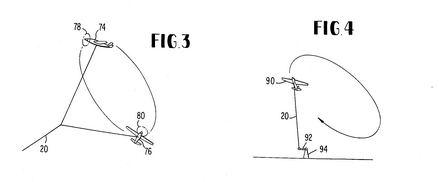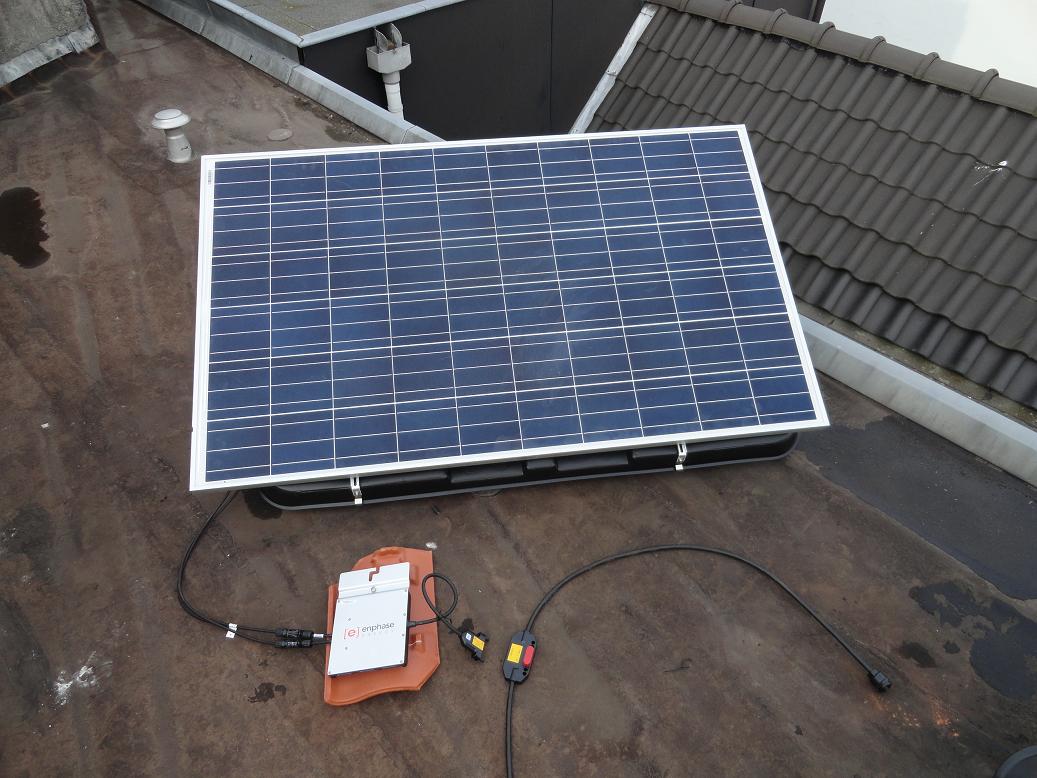Automation and Economics
Click here for the podcast
We believe the planet will be saved by automated systems running on renewable energy. A world where that happens would have a so called robo-eco-nomy, and a lot of things we now hold for granted would not exist in that type of economy. The roboeconomy is adapted to the existence of robotics, our current economy is not. Politicians, labour unions and workers are noticing this and it is causing concern all over the planet.

Here we want to analyse the problem of automation in such a way that the action needed to deal with it becomes crystal clear. We hope to show that there is a way out of the current trend of rising poverty, falling job numbers and apologists for enabling automation at the cost of workers. It is in the nature of our economy that these problems arise, which is why we must change it in a fundamental way to stop the trend.
The present dillema is this : Imagine there is a machine that makes everyone anyone needs, and it does so using fossil fuels. Is then everyone out of a job, poor and unable to buy the things the machine makes (and starve as a result)? Or will everything be free.
The economic system distributing fossil fuels says : Starve (as much as needed to keep going)!
Today most production uses fossil fuel energy. Whether a worker makes a product or a machine makes it on its own, both require fossil fuels to exist. The worker will earn wages, then go to the shops and supermarket to buy products that have been produced, transported and advertised at the expense of fossil fuels. A machine uses fossil fuel directly or the raw material plastic is created from fossil fuels. Metal, wood, corn, or any other raw material has consumed fossil fuels in its harvest, mining, transportation and production.
It is that ubiquitous use of fossil fuel that creates the problem, because fossil fuels are scarce. They are distributed towards their most effective use by economic principles. If two methods achieve the same result but one uses less fossil fuels (and as a result costs less) then in the free market it happens more easily and becomes prevalent. Because it can cost more fossil fuels (usually people say it costs more money) to support a human worker than a machine that does the same work, the human worker loses his income as he/she is replaced by the machine.
A person as a worker is a burden, but as a consumer is desired,
There is however a countering effect which says that products need to be bought, or they would not be produced. So sufficient people with income are needed to justify the use of the machines (!). While automation should lead to a world where machines make everything and nobody has income to buy what is produced, this can’t happen because without people spending money on what machines make, the producers can not buy the fossil fuels to run the machines, nor can they justify further automation. In short, in the ideal world automation would stop at a certain point. The level of misery when these considerations balance out may be high though.
In order to justify automation people are slowly taught they are
dumb and inferior to machines
Another factor in the dynamics is the learing ability of humans, which is limited. This creates a problem for the economic goal to maximize the utilization of fossil fuels, to maximize cashflow, because the more jobs depend on skills of workers, the more this becomes a limiting factor on the proliferation of certain processes and products. On the one hand this creates another reason to automate more complex processes. On the other hand this means jobs tend to become less skilled. That in turn makes workers more vulnerable to lose their jobs, and it makes them look undeserving in the eyes of the elite.
The system as it results now is shedding workers, and putting them out of a job. That is because the competition for fossil fuels (money) is justified by a mythology of utility of people. You have to be usefull to work and earn money, you have to be skilled and better than anyone else to hold a job. That is certainly true for some jobs, especially for ‘knowledge workers’, but it is not true for most of them. Most jobs are non-essential, meaning that they are not required for the survival of society. Many can be considered as just a way to create consumers (workers with money to spend) of the products the automated industry with low skilled workers makes. This is fine as long as there is plenty of fossil fuels, but what happens if that supply shrinks? To answer that question one can identify a number of phases in a fossil fuel driven automated economy.
- Low fossil fuels use, low automation : In this situation there are many skilled workers that are needed. Society can be poor because fossil fuel is not yet employed to raise living standards and farming output is low. Society operates at the maximum consumption level allowed by agriculture, forrestry. High potential for innovation and automation to improve things. This is the place where people see a glorious future with fossil fuels.
- Growing fossil fuel use, rising automation : In this situation the fossil fuel supply is growing along with the number of machines and processes that consume fossil fuels. Agricultural output is growing along with the population that consumes agricultural output. The power of those distributing fossil fuels is established, economics is designed to maximize the utilization of the fuels. There is competition for them, but humans are not yet limiting the output of industry of machines. This is a period of steady increase in living standard for all, socialism and social programs make sense because not everybody can work, there’s enough fossil fuel to feed everyone after all. This is the post WO II period and the period of increased money creation (enabling the US to buy more oil) started by Ronald Reagan and Bill Clinton (when we look at the US primarily).
- Fossil fuel use topped, automation still rises : ‘Wile E Coyote moment’. Humans are starting to compete with machines over fossil fuel resources, automation is pushed further, Workers are required to be low skilled, their jobs are made less secure to allow optimization of staffing industry. Work is relocated to regions where workers consume less fossil fuels. Social programs are eroded, jobless people are smeared so that people don’t campaign to use fossil fuels to help them. Politically a battle develops between industry that is fighting to minimize its fuel consumption through automation and job shedding, and society that expects industry to organize to maximize wealth and happiness. This is where we are today.
- Fossil fuel output drops, automation no longer job shedder : To remain afloat industry has a choice to either create a working elite and a powerless underclass to continue society based on fossil fuels or to instigate a war that will destroy a large number of people. Both measures won’t really help, especially the war scenario is based on the error to imagine that after the war there will be fossil fuels as abundant as after WO II. The problem is that there is not enough energy to keep everyone at the same living standard. Automation is blamed for joblessness, but it really is a shortage of energy. Countries are put on a fossil diet of by putting them into debt, or outcompeted by the US who prints money to access the fuels. Right wing politics gets support so that people agitate against those that don’t ‘pull their weight’, not knowing that automatic low staffed systems take care of the essentials, and the only problem is that nobody can make oil.
You can feel like a mighty warrior holding a gun, but if you can’t make bullets that attitude is kind of lame. The current industrialists may feel they do a lot for mankind, but without the fuels (which they don’t make) that benevolence and power amounts to very little. It is that illusion of giving to mankind, society etc. that makes their behaviour cruel when sharing becomes more painfull. The right wing rich business owner will say “I worked damn hard for my money, and you won’t get anything for free”. Ok, then teach people how to make fossil fuels, because that is what you need to share more.
If we accept fossil fuels do most of the work today, then we must accept we are not as productive as we think. We are all consumers
The solution to this standoff between the industrialist with delusions of his/her creative capacity and the worker that simply can’t produce what the system needs is to introduce renewable energy. Renewable energy isn’t scarce, it won’t run out, it has no owner and it can do the same things as fossil energy. Look at the dillema again :
The future dillema will be this : Imagine there is a machine that makes everyone anyone needs, and it does so using renewables. Is then everyone out of a job, poor and unable to buy the things the machine makes (and starve as a result)? Or will everything be free.
The economic system doesn’t apply to renewables, everything can be ‘free’ or require work people can actually do
The question of automation is not “Does it take my job”, but “How do we (humans) feed the machine”. If that input can be made at no cost to anyone, then the machine can operate and bring its benefits to all at next to no cost. The trend should not be to the right, but to a social system supported exclusively by renewable energy. This would require investment (of fossil fuels) but of course an investent in a renewable energy source creates several times the same energy in return, so moving in this direction would ‘pay for’ or better said ‘power’ itself once it gets going.
To make the transition the present economic system needs to come under control so it allocates the fossil fuel resources not to optimize its use, but to optimize it’s (renewable) energy return. Gasoline burned in a car doesn’t have an energy return, many fossil fuel intensive process don’t have any energy return, and this is why we run out of fossil fuels. That is where the change must happen, and then we will be able to use automation to restore the ecology and have a quality based economy, where work is voluntary and the pressure for high levels of automation has dissapeared due to the fact that renewables aren’t scarce.
You may say “But the price of fossil fuels is low!”. That is true, but their suppy is unpredictable, the reserves are unkown and we should not be using them. Climate change puts us in phase 4.
Robots are us
roboeconomics
UPDATE >>
Citi Bank analysis concludes with these recommendations, which are inneffective if you consider our view : 1. Cause more of wages to end up in the hands of workers (supply fossil fuels to the bottom) 3. Active labour market policies (policies that cause people to have jobs) that creates more consumers. Where would the ‘resources’ come from? They would come from taxing where there was a surplus of money (wealth taxes, but this is somehow ‘too difficult’). The suggestion is that global wealth taxes suggested by Piketty would be a good idea.
“skills and training is required to prepare workers for the jobs of the future.”
Bullocks : “The surging cost of education is the main hurdle for workers to adapt to technological change”
So Citi Bank thinks that we can educate ourselves out of the job shedding caused by technology, and to do so we should automate education -without- losing the campuses..OR.. give stupid workers money to spend by some direct or indirect means. This is obviously an economic, bank friendly non-solution..
>>>




























